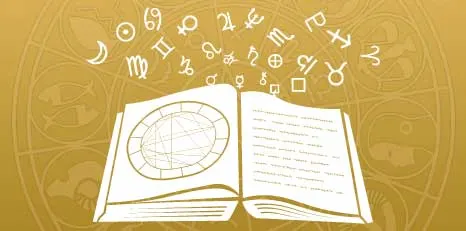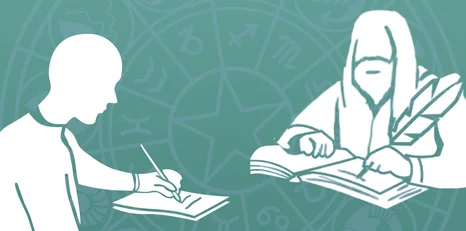Pholus in Capricorn trine Eros in Taurus in the synastry chart
How can you both navigate the times when your dance rhythm seems to be out of sync?
You're currently twirling through the rhythm of Pholus in Capricorn trine Eros in Taurus. This aspect is no waltz. It's more like a tango - passionate, intense, and requiring a certain level of skill and understanding to navigate.
Person1, your Pholus in Capricorn brings a certain gravitas to the dance floor. You are aware of the bigger picture, the broader strokes of the relationship, and you're not afraid to take responsibility for your part in it. You're like the captain of a ship, charting the course and making sure everything stays on track. But remember, a good captain also knows when to step back and let the crew take the helm.
Person2, your Eros in Taurus adds a sensual rhythm to the dance. You're all about the tactile, the tangible, and the tantalizing. You're not just dancing with your feet; you're dancing with your heart and your senses. But remember, a dance isn't just about the steps; it's also about the connection with your partner.
As your Pholus and Eros interact in this trine, the dance floor of your relationship becomes a space of mutual respect and understanding. It's like you're both wearing the same brand of dancing shoes - you understand each other's steps, and you're moving in sync. But this doesn't mean that the dance will always be smooth. There will be times when you'll step on each other's toes or miss a beat. But the beauty of this aspect is that it allows you to regain your footing quickly and get back into the rhythm.
In the dance of love, this trine is your secret weapon. It gives your relationship a depth and intensity that can be both thrilling and challenging. It's like a dance marathon - it's not about who finishes first, but who can stay on the dance floor the longest. So, keep dancing, Person1 and Person2. The music is playing, and the floor is yours.
Register with 12andus to delve into your personalized birth charts, synastry, composite, and transit readings.
Comprehensive PDF Reports

Comprehensive PDF readings, spanning 100 to 300+ pages for birth charts, relationship analyses, and forecasts. Dive deep into the intricacies of each planetary placement with our reports, meticulously examining their aspects and subtleties. Crafted as an astrological masterpiece, it serves as a lifelong reference, offering the most personalized insights into both you and your relationships. Your celestial storybook awaits.
Ask the Astrologer

Ask your unique question to a 12andus astrologer. Our astrologer will provide a thoughtful response of over 1,000 words within a few days, following a careful analysis of your chart as set in your profile. Inquiries can span a variety of topics, including love, relationships, career, personality traits, or broader life concerns. We're here to help guide you through your astrological journey.
Free Readings

Explore the complexities of your astral narrative with our deeply personalized astrological readings. From the profound revelations in your birth analysis to the dynamics of synastry, composite, and transit explorations, each reading is finely curated for your unique cosmic storyline. Click for an astrology experience crafted with unmatched precision and detail.
